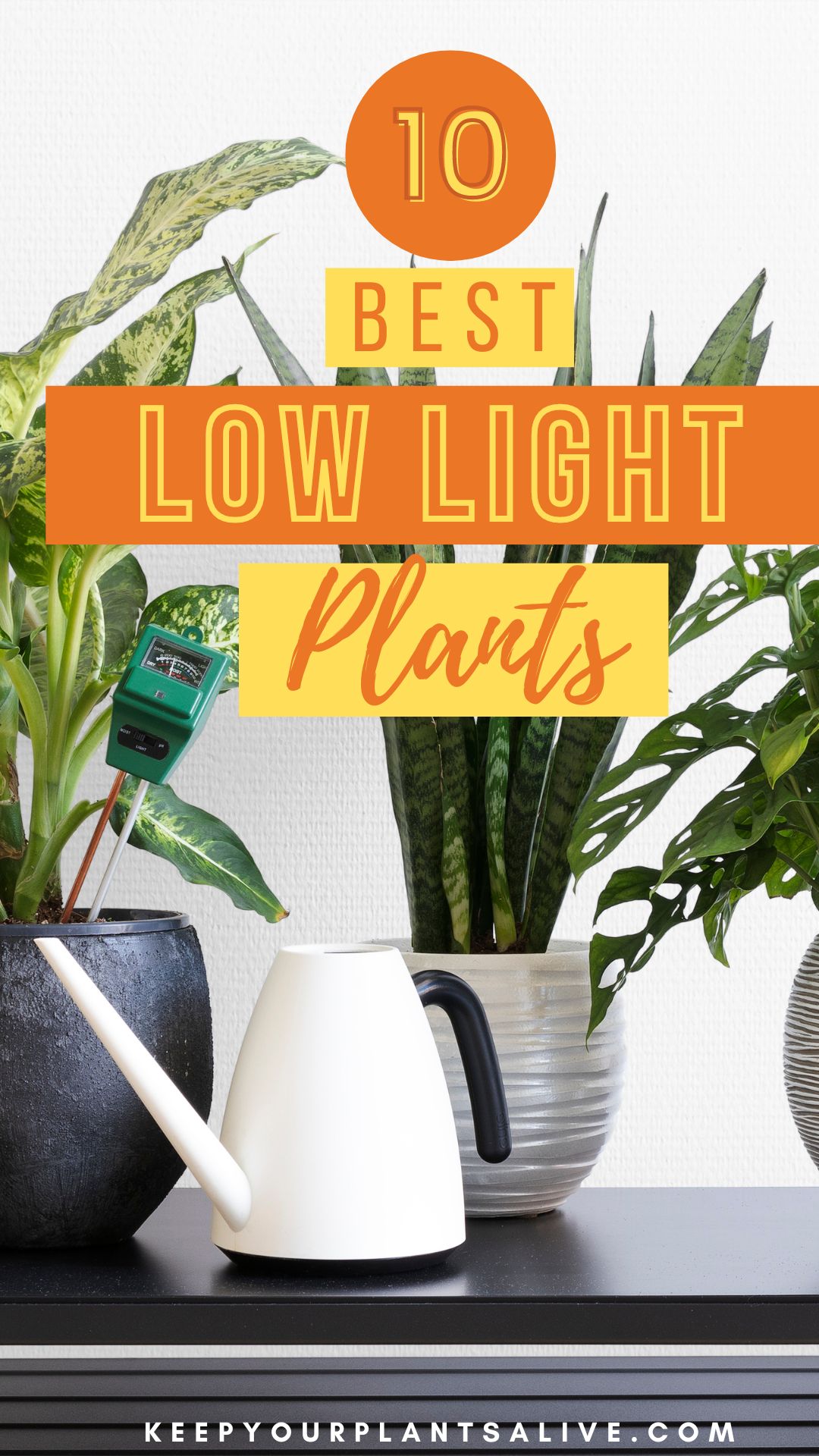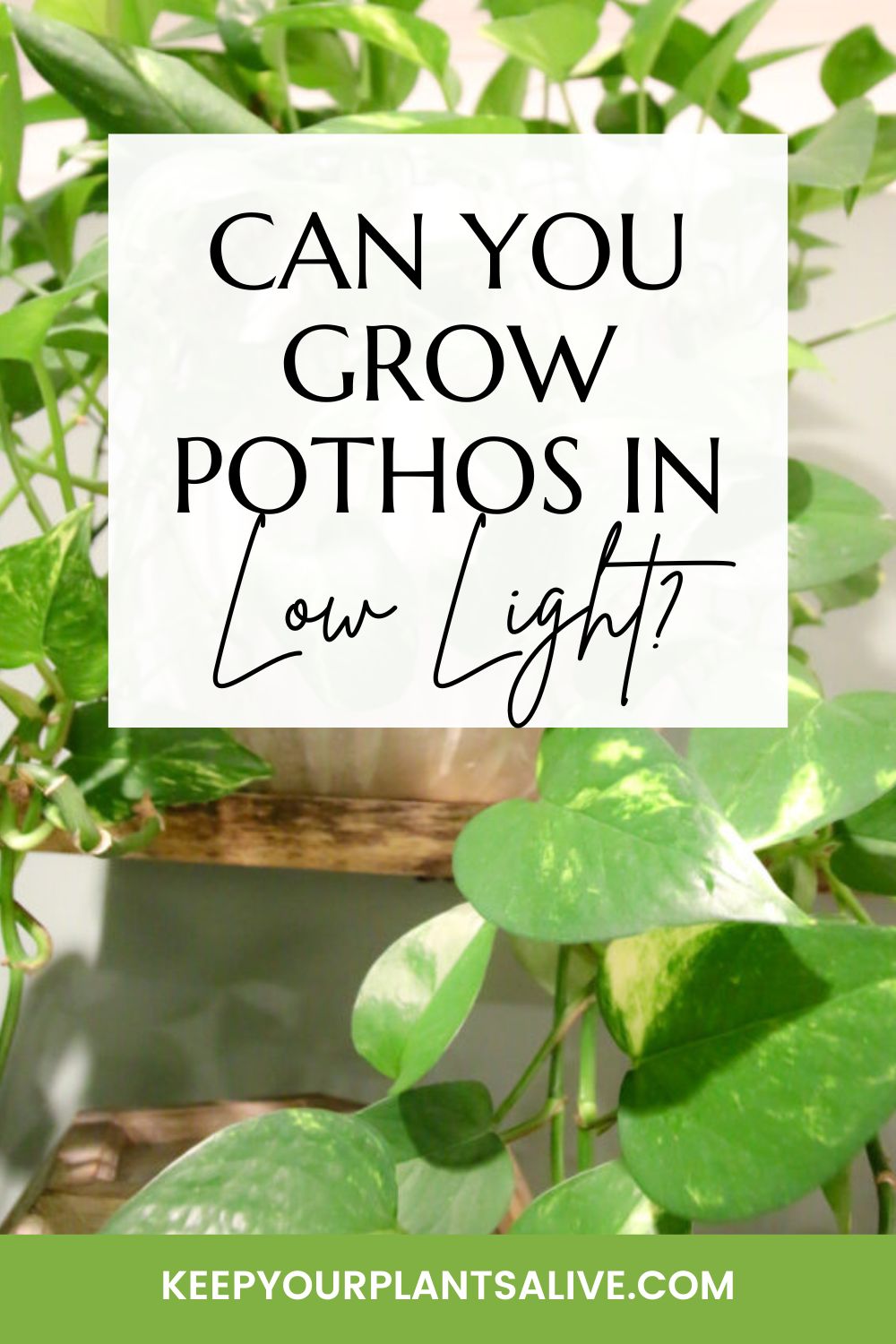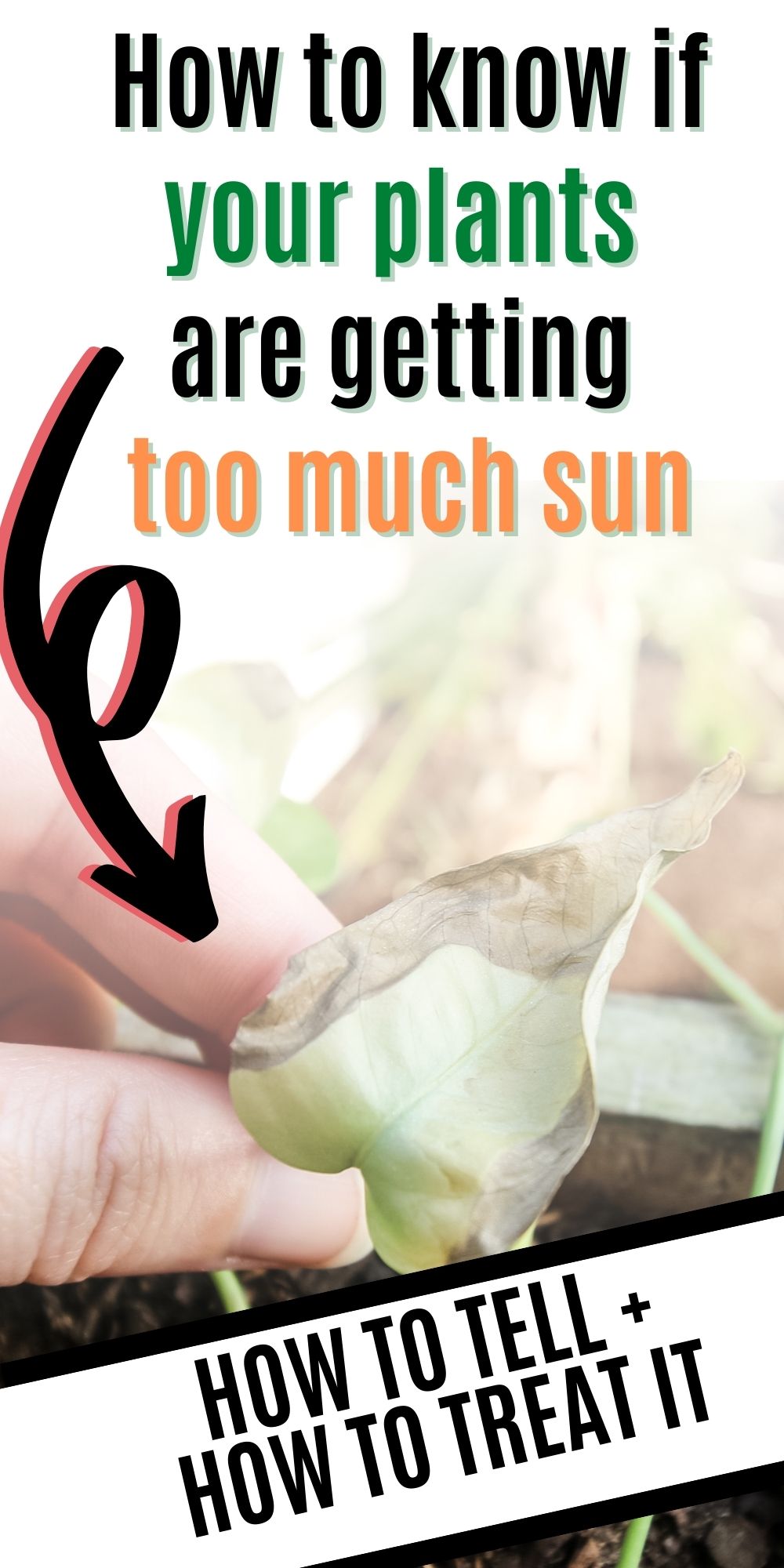Are your plants struggling and you suspect a lighting issue? Here's how to know if your houseplants are not getting enough sunlight!
Houseplants are a wonderful addition to any living space, but they require proper care to thrive.
One of the most crucial factors for their well-being is sunlight.
Understanding whether your houseplants are receiving adequate sunlight is vital to ensure their growth and overall health.
In this blog post, we will discuss some common signs that indicate your plants are not getting enough sunlight and provide actionable tips to address the issue.
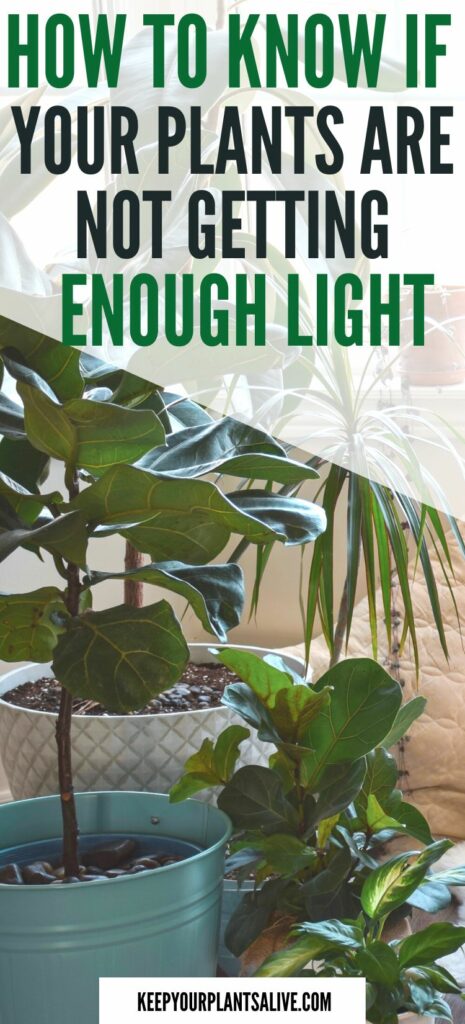
Understand Light Requirements
Different plants have varying light requirements. Before identifying any issues, familiarize yourself with the specific light needs of your houseplants.
Low-Light Plants
Low-light plants are adaptable to environments with minimal natural light. They can survive in areas that receive indirect or filtered sunlight.
Hours of Light: Low-light plants typically require 6-8 hours of indirect or filtered sunlight per day.
Window Placement: Place low-light plants within 5-8 feet of a north-facing window or further away from a bright, south-facing window. They can also thrive in areas with artificial lighting, such as fluorescent lights.
Medium-Light Plants
Medium-light plants prefer moderate levels of light and can tolerate some direct sunlight.
Hours of Light: Medium-light plants generally require 8-10 hours of filtered or indirect sunlight per day.
Window Placement: Place medium-light plants within 3-5 feet of an east or west-facing window, where they can receive morning or afternoon sunlight. They should be protected from intense midday sun to avoid leaf burn.
High-Light Plants
High-light plants thrive in bright, direct sunlight and require more intense light conditions for healthy growth.
Hours of Light: High-light plants typically require 10-12 hours or more of direct sunlight per day.
Window Placement: Place high-light plants within 1-3 feet of a south-facing window, as this provides the most sunlight throughout the day. These plants need to be shielded from scorching midday sun during the hottest months or in climates with intense sunlight.
| low-light | medium-light | high-light | |
| Aloe Vera | X | ||
| Boston Fern | X | ||
| Chinese Evergreen | X | ||
| Dragon Tree | X | ||
| English Ivy | X | ||
| Fiddle Leaf Fig | X | ||
| Golden Pothos | X | ||
| Heartleaf Philodendron | X | ||
| Jade | X | ||
| Monstera Deliciosa | X | ||
| Peace Lilly | X | ||
| Peperomia | X | ||
| Rubber Plant | X | ||
| Snake Plant | X | ||
| Spider Plant | X | ||
| String of Pearls | X | ||
| Swiss Cheese Plant | X | ||
| ZZ Plant | X |
Have a low light space in your home? Here are the best plants for low light areas!

Signs your houseplant is not getting enough light
The most common signs that your house plant is not getting enough light include:
- Leaf discoloration
- Leggy growth
- Small leaves
- Lack of blooms
- Slow growth
Leaf Discoloration
When plants lack adequate sunlight, their leaves may turn yellow, especially on the lower parts of the plant.
Insufficient sunlight can cause leaves to lose their vibrant green color and appear pale or washed-out.
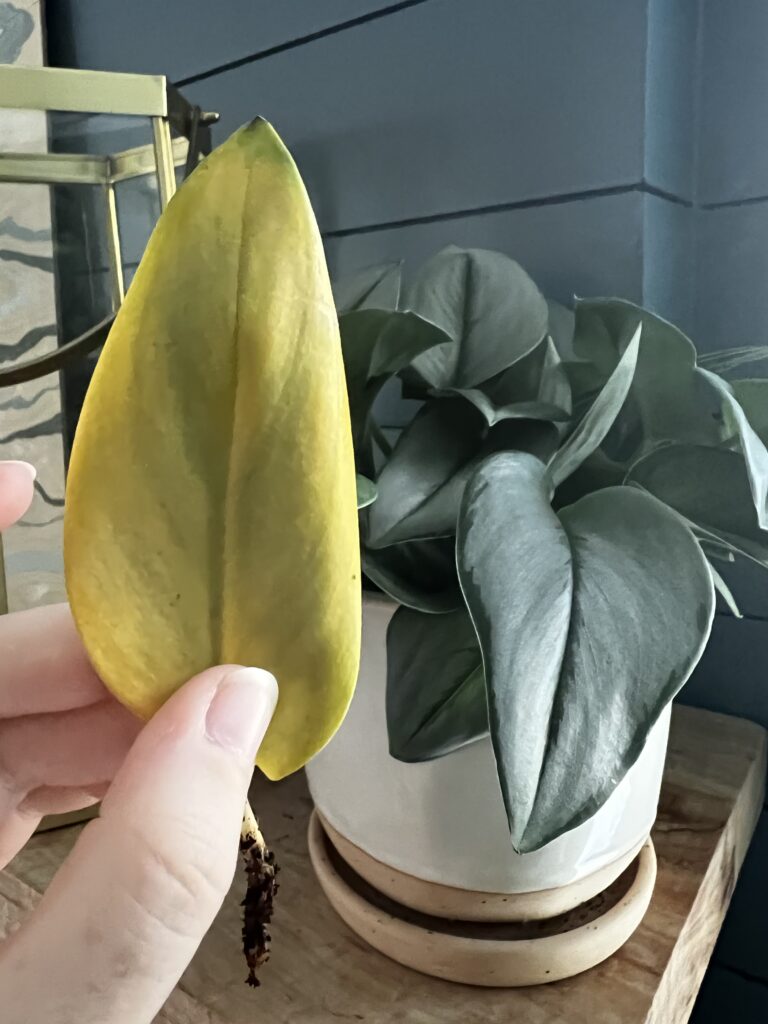
Leggy or Stretched Growth
Plants that don't receive enough sunlight will often grow taller and stretch toward the light source in an attempt to maximize exposure.
Leggy growth is characterized by long, weak stems with widely spaced leaves.
If your plant is look leggy, I suggest cutting it back, rooting the cuttings, and letting it grow back bushier in a brighter spot.
Many plants grow towards the light. If they are leaning, they could grow lopsided and have a hard time staying upright in a pot. Rotate your plants regularly to help prevent leaning!
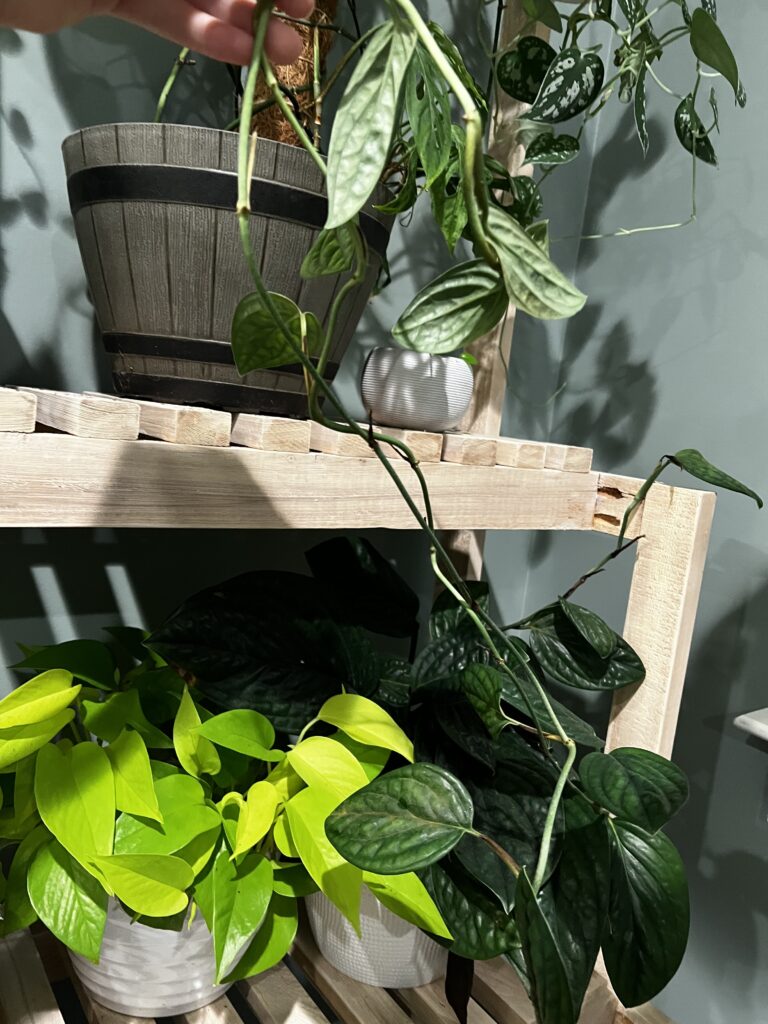
Reduced Leaf Size
If your houseplants are not receiving enough sunlight, the new leaves may be smaller in size compared to the existing ones.
Smaller leaves indicate that the plant is not getting enough energy to produce healthy foliage.
Lack of Blooms or Slow Growth
Insufficient sunlight can hinder the flowering process or significantly delay it.
Plants that normally produce vibrant blooms may exhibit minimal or no flowering when sunlight is inadequate.
Remedies for Insufficient Sunlight
If your plant isn't getting enough light, you really need to move it to a brighter spot!
Adjust Placement
Observe the light conditions in different areas of your home and find a suitable location with brighter light for your houseplants.
Move them closer to windows or consider rotating them to ensure all sides receive equal exposure.
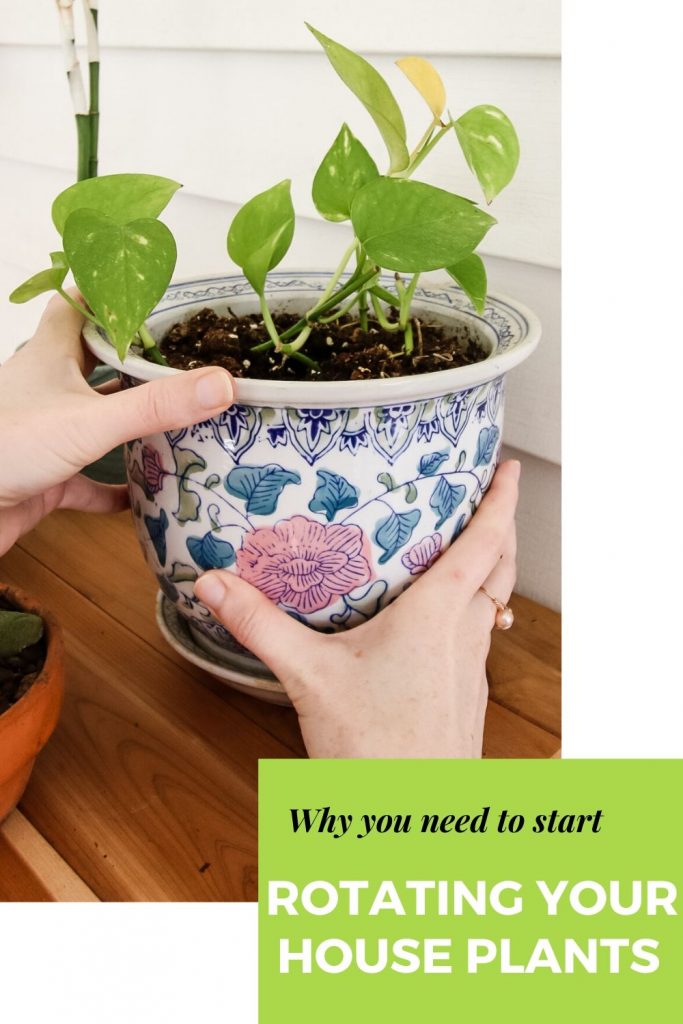
Consider Artificial Lighting
Supplement natural sunlight with artificial lighting, especially for plants with high-light requirements.
Choose full-spectrum grow lights or LED lights designed for plant growth and place them at an appropriate distance from the plants.
Prune and Propagate
Remove leggy growth by pruning the affected stems, which encourages bushier and more compact growth.
Utilize the pruned cuttings to propagate new plants and ensure a fresh start with proper light conditions.
Recognizing the signs of insufficient sunlight is crucial for maintaining the health of your houseplants.
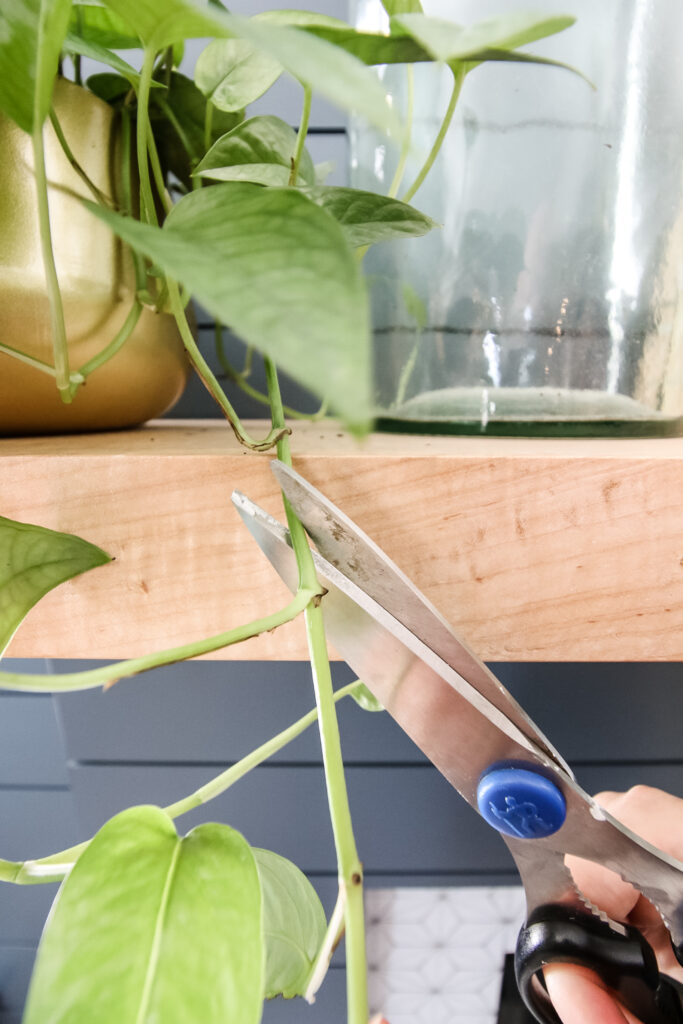
By understanding the light requirements of your plants and implementing the suggested remedies, you can create an optimal environment that supports their growth and enhances their natural beauty.
Remember to observe your plants closely, provide adequate care, and adjust as necessary to ensure a thriving indoor garden.
Thanks for reading!


Hey there, I'm Morgan, a houseplant enthusiast from sunny Charleston, South Carolina. Growing up surrounded by my mom's lush orchids and African violets, I discovered the magic of bringing nature indoors. Thanks to the pandemic, I delved deeper into houseplants, discovering their power to uplift moods and transform spaces. I'm here to spill all my secrets, helping you pick the perfect houseplant - and make it happy. Let's keep your plants alive, together! 😊

